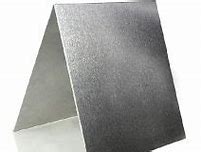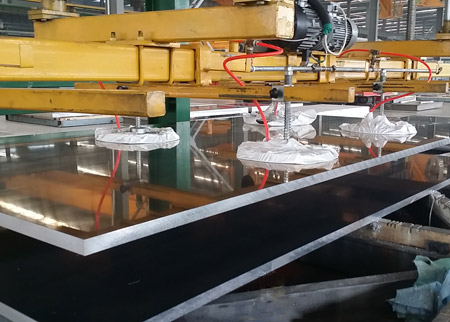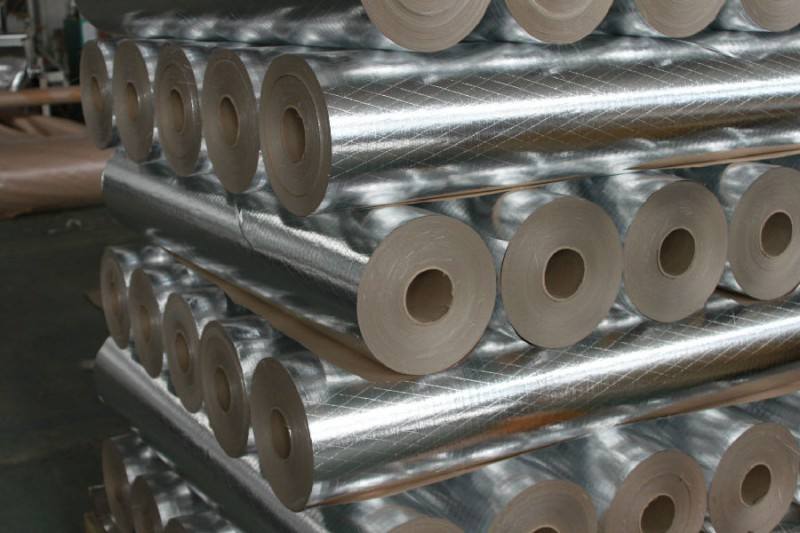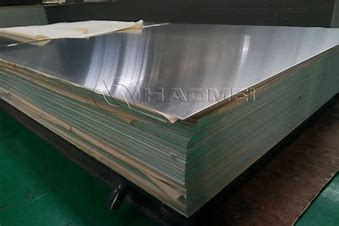



Aluminium and aluminium alloy materials have low density, high strength, high thermal and electrical conductivity, high corrosion resistance and good physical and mechanical properties, and are therefore widely used in the welding structure of industrial products. For a long time, due to the improper selection of welding methods and welding process parameters, resulting in severe deformation of aluminum alloy parts after welding due to excessive stress concentration, or because of defects such as weld porosity, slagging, failure to weld through, resulting in cracking of weld metal or material loosening, which seriously affects product quality and performance.
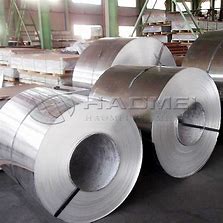
1. Aluminum alloy material characteristics
Aluminium is a silver-white light metal with good plasticity, high electrical and thermal conductivity, as well as the ability to resist oxidation and corrosion. Aluminium is very easy to oxidise and produce aluminium trioxide films, which can easily produce inclusions in the weld seam, thus destroying the continuity and uniformity of the metal and reducing its mechanical properties and corrosion resistance. The chemical composition and mechanical properties of common aluminium alloy base materials and welding wires. The chemical composition and mechanical properties of common aluminium alloy base materials and welding wires.
2. Difficulties in welding of aluminum alloy materials
(1) Very easy to oxidation. In the air, aluminum is easily combined with oxidation to produce a dense aluminum oxide film (thickness of about 0.1-0.2μm), with a high melting point (about 2050℃), far exceeding the melting point of aluminum and aluminum alloys (about 600℃). The density of alumina is 3.95-4.10g/cm3, about 1.4 times that of aluminium. The surface of the alumina film is easy to adsorb moisture, and when welding, it hinders the fusion of the base metal, which is very easy to form pores, slag, unfused and other defects, causing a decline in the performance of the weld.
(2) Easy to produce pores. Aluminium and aluminium alloy welding when the main reason for pores is hydrogen, because the liquid aluminium can dissolve a large amount of hydrogen, while the solid aluminium almost no hydrogen, so when the molten pool temperature is rapidly cooling and solidification, hydrogen can not escape, easy to gather in the weld to form pores. Hydrogen porosity is currently difficult to avoid completely, and there are many sources of hydrogen, such as hydrogen in the arc welding atmosphere, aluminium plates and wire surface adsorption of moisture in the air. Practice has proved that even if argon gas according to GB/T4842 standard requirements, the purity of 99.99% or more, but when the moisture content reaches 20ppm, there will be a large number of dense pores, when the relative humidity of the air exceeds 80%, the weld will be obvious pores.
* Thank you for your inquiry. Please provide your business needs information so that we can better serve you.
This information can help us assign the most suitable person to solve your problem. We will give you feedback within 1-2 working days.
Related Blog
